Of all the brilliant features that our motherland India is blessed with, its natural beauty is the one feature which stands apart from the rest. Now even though India has a coastline extending from Dwarka in the West to Jagannathpuri in the east, the diversity amongst every coast is worth observing and also worth enjoying. This same diversity is observed in context to the Himalayas. Extending from Leh-Ladakh in the northernmost tip towards Arunachal Pradesh in the East, the Himalayas too exhibit variations in terms of their natural beauty which in other words is different in every place of this region. The snow clad mountains, the lush green vegetation coupled with rippling rivers paint a beautiful picture in our minds but this picture is not unidimensional, it is multi-dimensional since every place in this region showcases some or the other unique characteristic. When it comes to Kashmir, the two most attractive things which come to mind are- Kesar and Chinar. The word ‘Chinar’ appears in many manuscripts of the bygone era, right from the ‘Akbarnama’ to Jehangir’s ‘Tujuk’.One can come across the mention of this tree in many excerpts from these texts. This tree is believed to have its origins in Greece and ultimately managed to find its way to India through Afghanistan. Mughal emperors like Akbar, Shahjahan, Jehangir and also the cruel Aurangzeb were all very fond of this tree. For this precise reason, when Aurangzeb was conveyed the message that Srinagar has been engulfed in flames sometime in the year 1674, he immediately asked whether the Chinar trees were safe. Hence, these gigantic trees which can reach heights up to 70-75 feet, approximately 50 feet in diameter and possessing a life expectancy of more than 500 to 600 years are rightfully the iconic symbols of Kashmiri life.
Another symbol of Kashmiri life is the Kesar. In India, Kesar is solely cultivated in a small village known as Paampur (Padmapur in ancient times) located in Kashmir. There is a line in Sanskrit which is apt for it- ‘Kashmirjasya Katutapi Nitaantaramya’ which means that even an unpleasant thing born in Kashmir has a certain lovable feature. When used in context to Kesar, it refers to the sour taste of Kesar but also its heavenly flavor. This quality is also reflected upon the personalities of the local people here who may get into arguments at the drop of a hat over minuscule reasons but are diligently involved in treating guests in the best possible way. No some of you may ask as to why Kesar is cultivated only in Kashmir? Well the answer is simple, just as one applies the Kesar tika on the forehead, similarly Kashmir is synonymous to the forehead and that’s the reason why Kesar is cultivated only in Kashmir. One identifies Kashmir with the royal safari of the Mughal emperors and also through the lovely poetic verses ( or shers ) in the Urdu-Farsi language which are dedicated to its natural beauty.
However Kashmir is said to have a history which goes centuries before the Mughal rule. Right from the time of the Mahabharata till the 12th century, Kashmir’s history in terms of the lifestyle of its people, the politics etc. has be described very succinctly in the form of shlokas in the poet Kalhan’s book known as ‘Rajtarangini’ which comprises of 7000 shlokas. In ancient times ‘Kashyappur’ was the capital of Kashmir. In the manuscripts of European historians like Herodotus & Ptolemy, Kashmir has been referred to as ‘Kasptayros’ or ‘Kasperia’.The ancient battle between Alexander and Porus which took place on the banks of the river Vitasta is today known as the river Jhelum. During the reign of King Ashoka, Buddhism was established in this region. Then somewhere around the 7th century, Shaivism gained momentum in Kashmir. The book ‘Shiv Sutra’ which was written by Vasugupta is considered as the foundation of Shaivism. Later in the 17th century Islam spread rapidly in the region. The first Mughal emperor to set foot in Kashmir was Emperor Akbar & after him all other Mughal emperors were besotted by its beauty.
The love that these emperors had for Kashmir can be clearly seen from Char Chinar to the Shalimar gardens and many other places. Kashmir is nestled on the banks of the Jhelum River and within the Karakoram & Peer Panjal mountain ranges. Also Kashmir is world renowned as India’s only ‘Land of 4 seasons’. One can perfectly experience spring, summer, winter and autumn here. Kashmir looks vibrant & colorful in the spring because a variety of flowers bloom in the valley during this period of time, flowers like roses & Dalia bloom in all their glory. Nowadays even Tulips grow here. Then in the months of summer, the snow melts away, providing water to the river Jhelum and Chenab which is ultimately utilised for agriculture. The months of autumn give Kashmir a new look altogether since the leaves of the Chinar trees turn gold red and in turn give it a classical cum royal appearance before withering away. They thus add to the beauty of Kashmir even as they wither away. In the months of winter almost everyone snuggles cozily in their respective blankets to ward off the cold while retaining the warmth. Even the Dal lake freezes in this season, the locals even play cricket on the lake! Kashmir’s beauty is further propelled as a result of the marvellous royal gardens such as Shalimar, Nishaat & Chashmeshahi which were built by the Mughal emperors. The Shalimar garden was built by Emperor Jehangir for his beloved wife Noorjehan in the year 1619. The word ‘Shala’ means home and ‘maar’ means love, these two Sanskrit words were thus used to name the garden as Shalimaar. This garden comprises of four flowering levels and the water supply system has given it a character of its own. However, in the looks department, the Nishat garden easily overtakes the Shalimaar. The Nishat garden was created by Noorjehan’s brother Aasafjah. It comprises of 10 levels. Along with these locations, another must visit place is that of the Char Chinar which is a small little island in the Dal Lake. It is said that whenever Noorjehan was upset about something, the Emperor used to take her to this island in order to console her and liven up her mood.
Kashmir’s natural beauty also seems to have transitioned into its art forms and handicrafts. Right from Pashmina shawls to intricate carving work on wood, the local people have an immense artistic flair which is evident from their brilliant creations. One more speciality of Kashmir in this regard is the paper mache, which is a decorative item created from bundles of paper. In addition to that Pashmina shawls and Shahtoosh shawls which are made in Kashmir are famous all over the world and tourists often buy them as memorabilia but all said and done they have great practical use too. Apart from all this, the food culture of Kashmir also speaks volumes about its history since Kashmir has had a rich history in terms of dynastic rule. The food prepared here is traditionally non-veg and dishes such as mutton rogan josh, goshtaba, yakhni etc. are relished. In Kashmiri cuisine, the Wazwan is of prime importance. The word waz means chef and the word wan means the shop which provides all the necessary items for cooking. The traditional Wazwan comprises of 36 courses and amongst them most of the dishes are started to be cooked since the night before. The kava is another famous preparation in Kashmir which is prepared from Kesar, cardomom, nutmeg, almonds and sugar. It is a revitalizing drink which is very popular in this region. The tea prepared here in the morning is very different from the one which is prepared elsewhere. It is known as ‘noon tea’ or ‘namkeen chai’. A pinch of salt with a dash of bicarbonate soda is added to it and this is a bit weird for any layman who encounters this preparation for the first time.
Kashmir has been a hot favourite in Bollywood. Many movies have been churned out using Kashmir as the prime location, right from Shammi Kapoor’s ‘Junglee’ in 1961 to Ranbir Kapoor’s ‘Yeh Jawaani Hai Deewani’ in 2013, all these movies have showcased mesmerising aspects of Kashmir’s innate beauty in the very confines of our living rooms or the occasional cinema hall. Rajesh Khanna-Mumtaz was a yesteryear super hit pair which performed on the song ‘Jai Jai Shiv Shankar’ in Kashmir, the witty Shahrukh Khan can also be seen grooving with Anushka Sharma to the tunes of ‘Jiya Jiya re Jiya’ from the movie Jab Tak Hai Jaan, which was shot majorly in Kashmir. The landscape of Kashmir is so serene that it is an instant choice for most Bollywood films which are based on the mantra of selling dreams, a form of escapism and Kashmir is one such dream location which exists in reality! Every part of Kashmir has some kind of attractiveness about it, then may it be Srinagar or the ski slopes of Gulmarg or Pahalgam which is situated on the banks of the river Lidder, it always impresses you no matter what. The shopping while sitting aboard a shikara in the Dal Lake, the experience atop a Gondola moving speedily while witnessing the mountains, the ancient relics and buildings near Pahalgam and the immensely picturesque valley of Kashmir will make you fall in love with it almost instantly.
While visiting Kashmir it is very important to know about its background and the present day situation. Some time back, tourism in Kashmir had come to a standstill but it has managed to revive itself now and is running quite smoothly. However, owing to the gap in tourism which occurred here sometime in the past, there is a dearth of basic facilities here but having said that we also wish to convey to you that last year we took 6000 tourists with us for the Kashmir tour. Therefore, leave all your anxieties behind and come and experience what heaven on earth feels like.














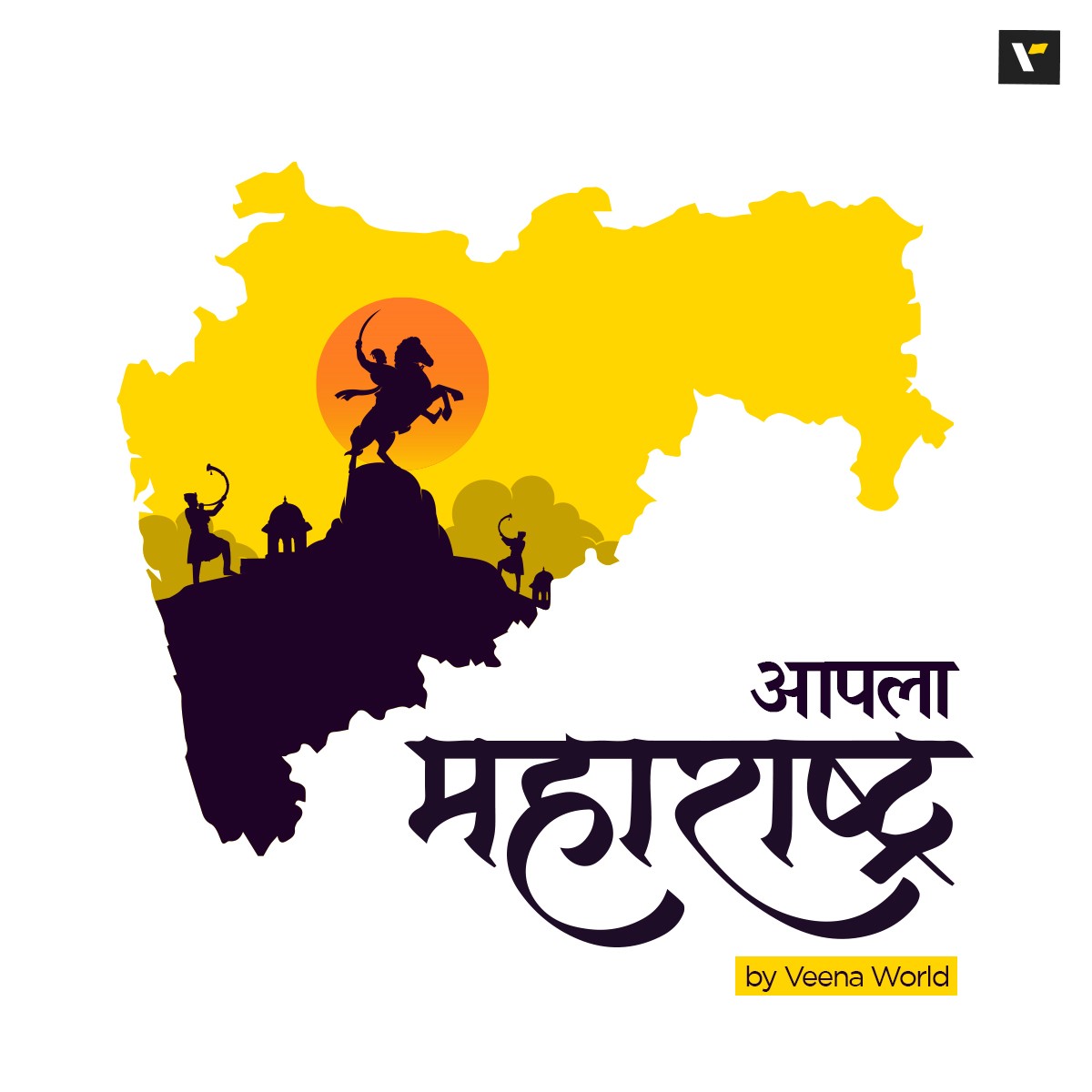











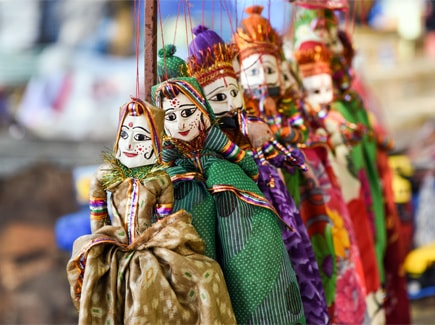

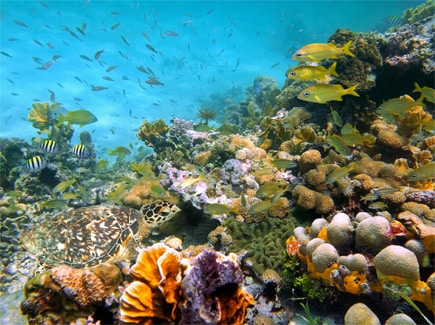
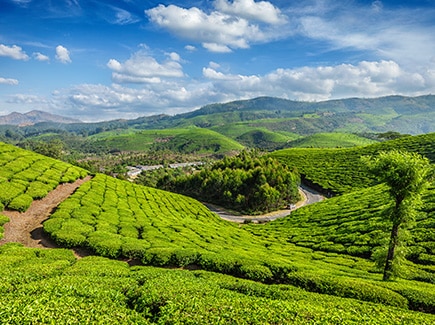
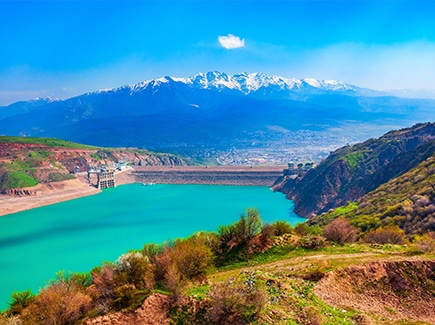
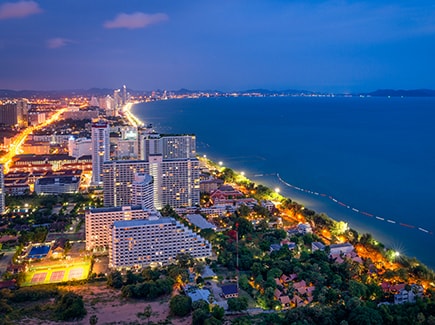
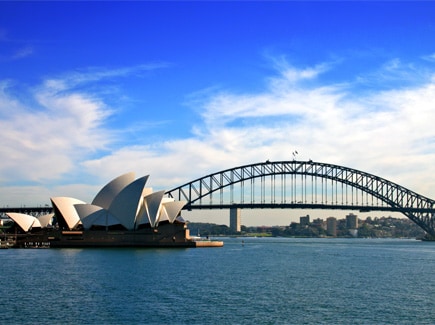
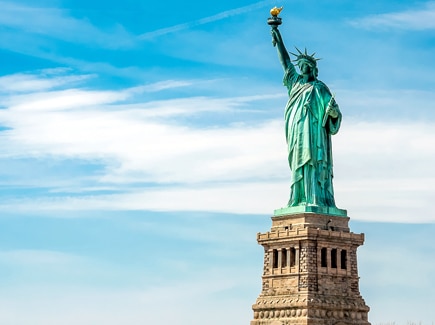


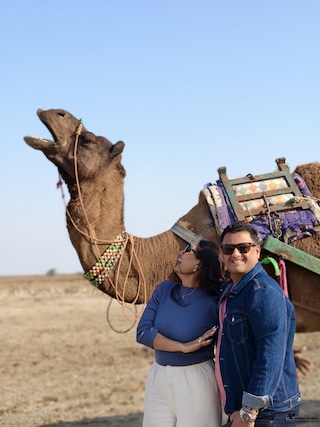



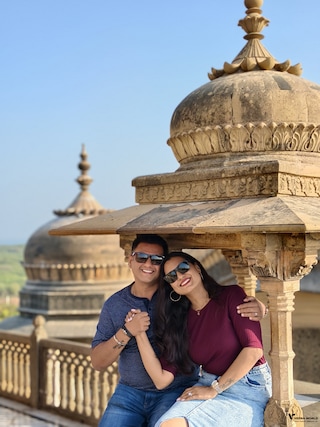
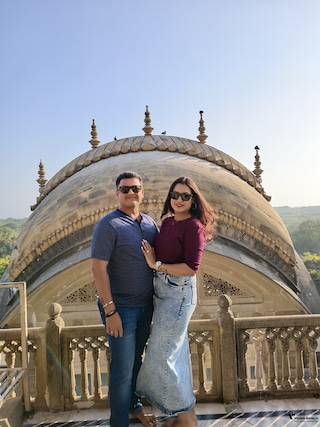




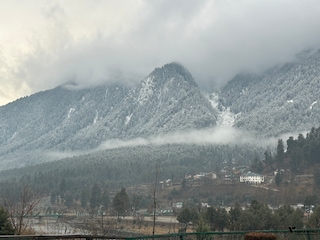

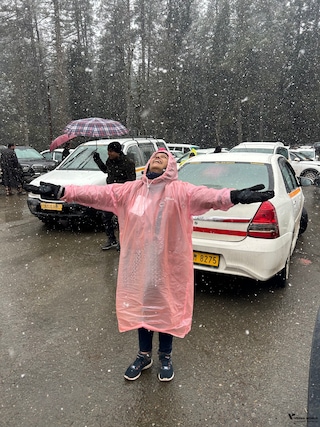
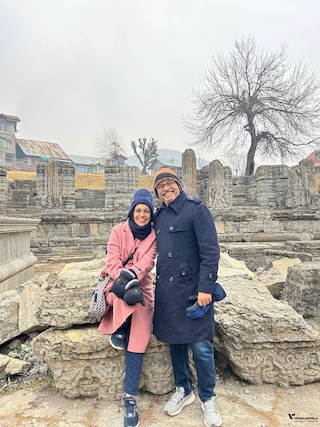
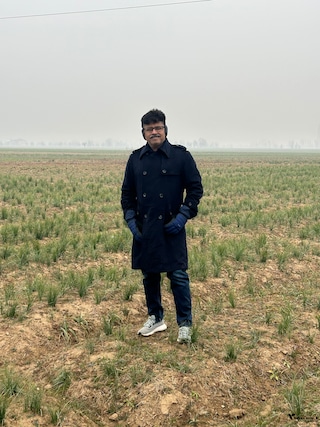



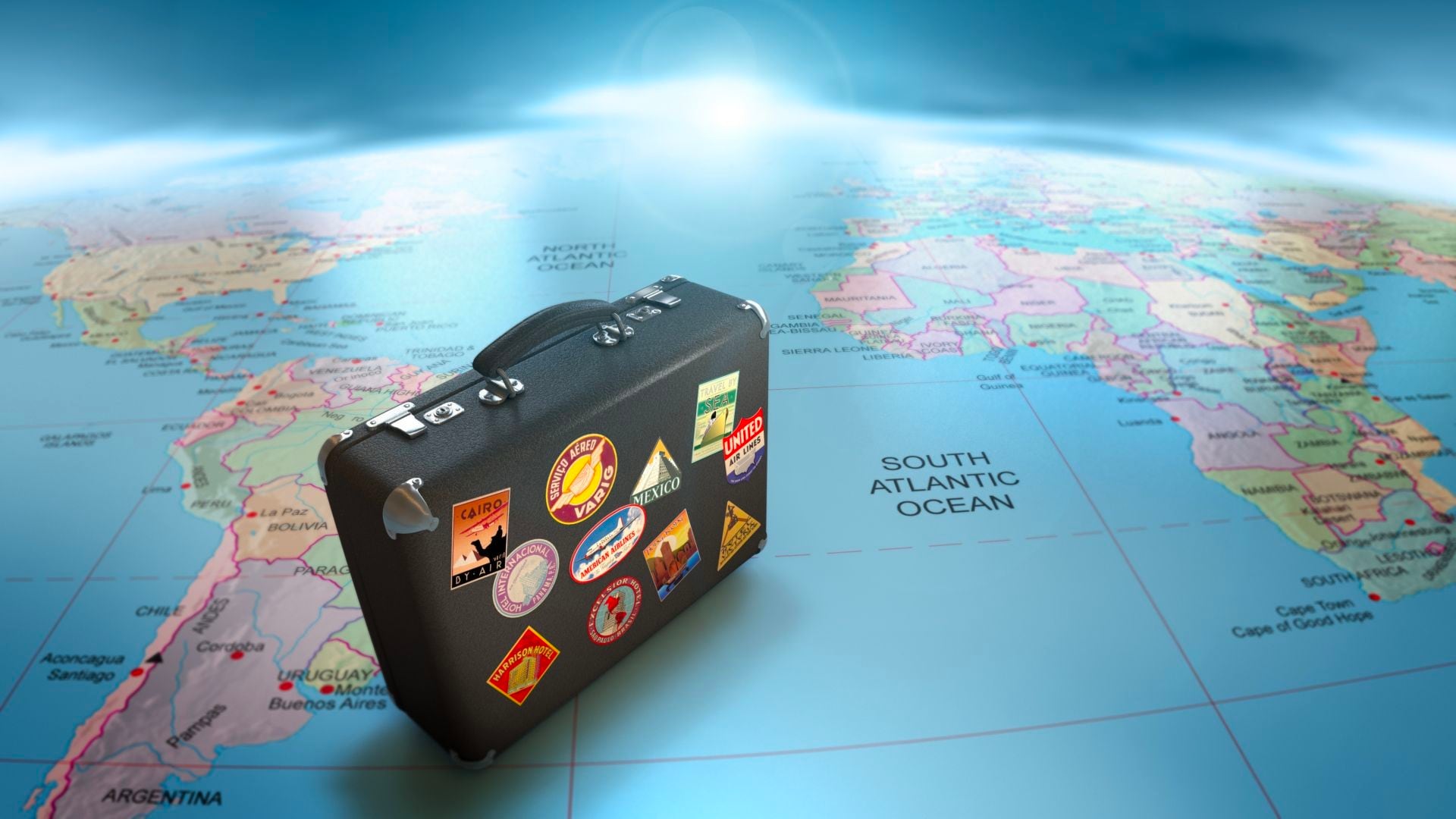

Post your Comment
Please let us know your thoughts on this story by leaving a comment.